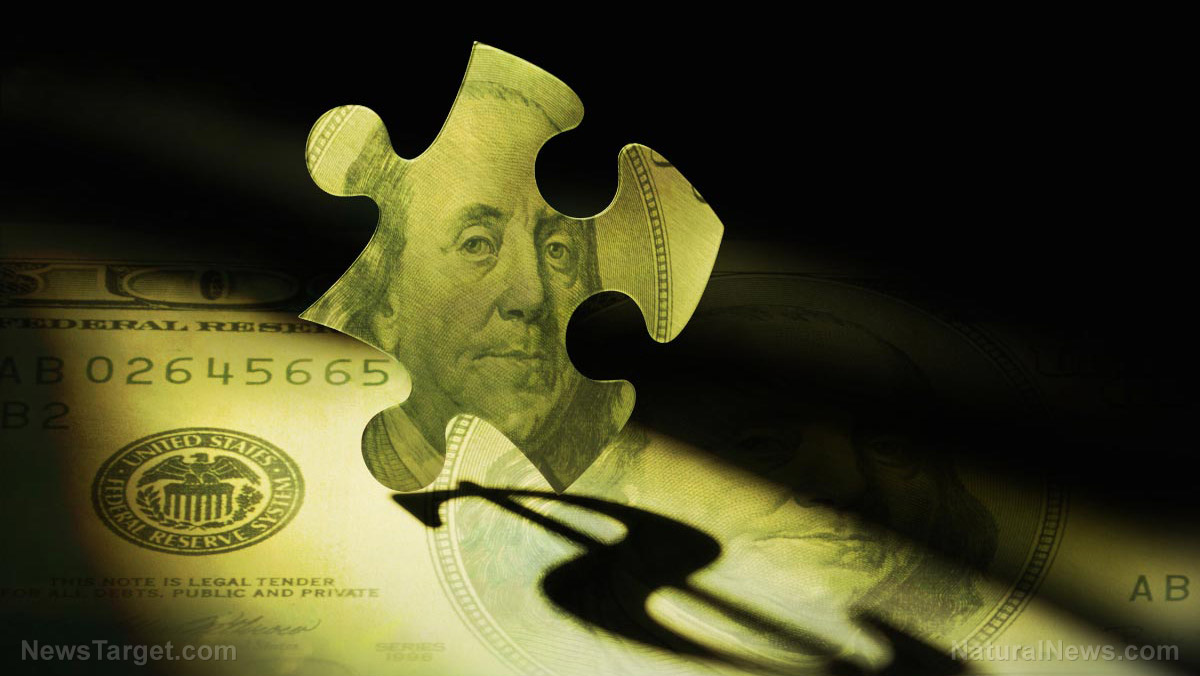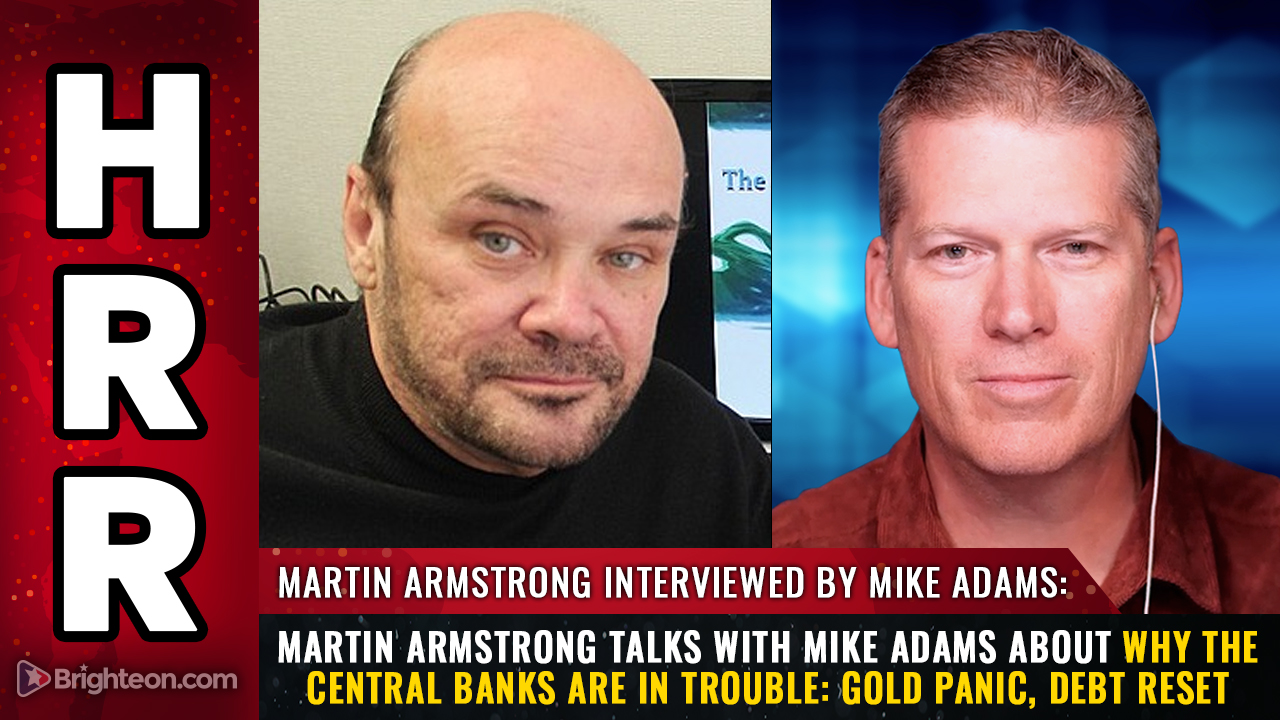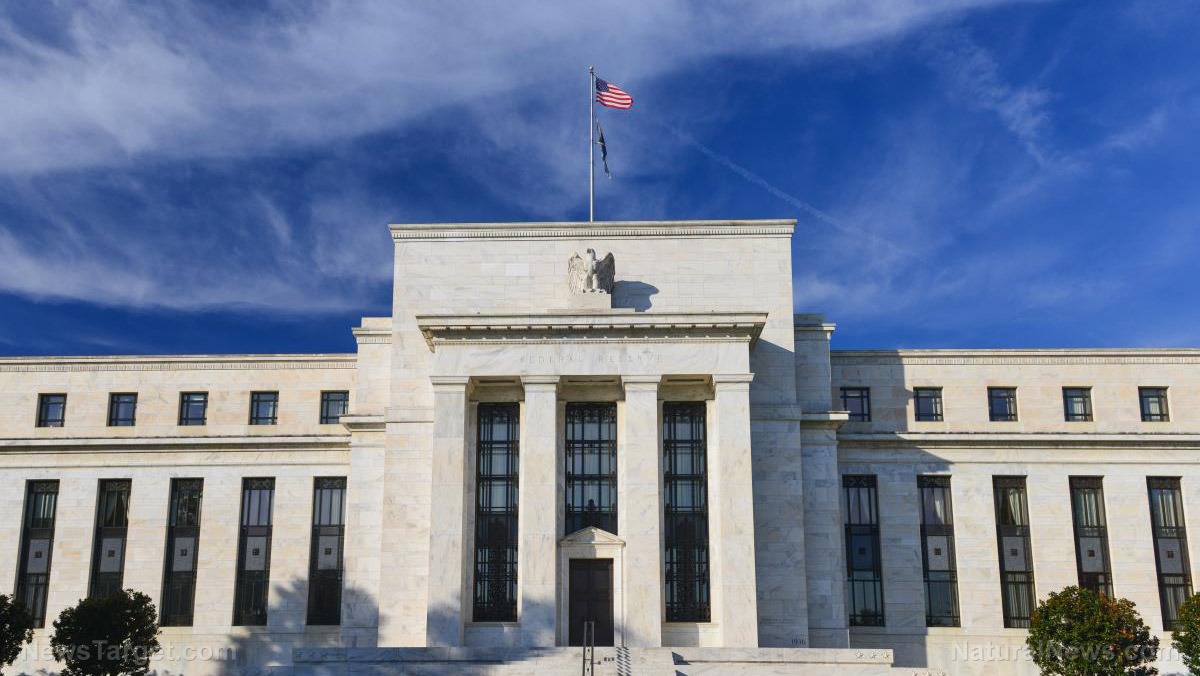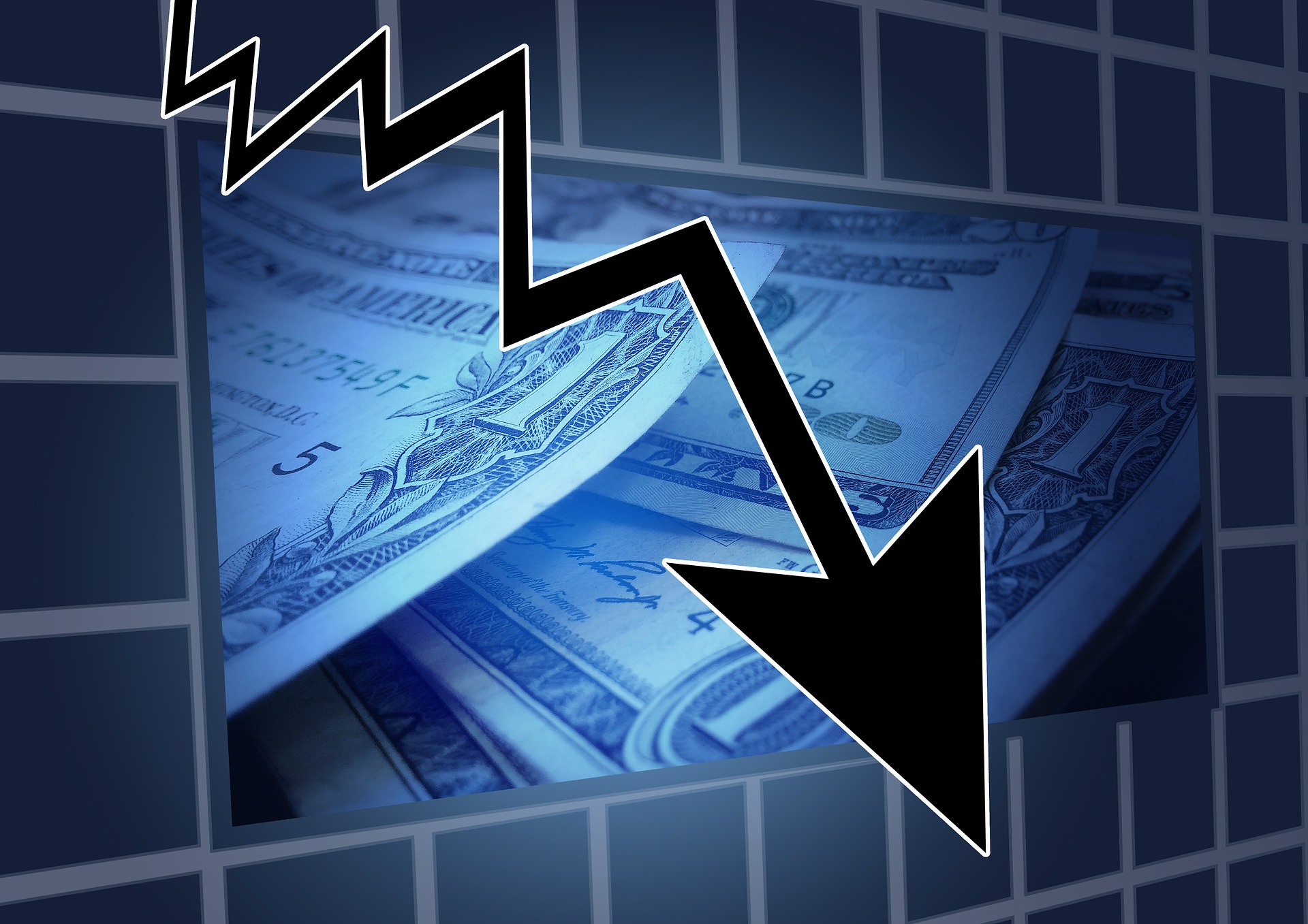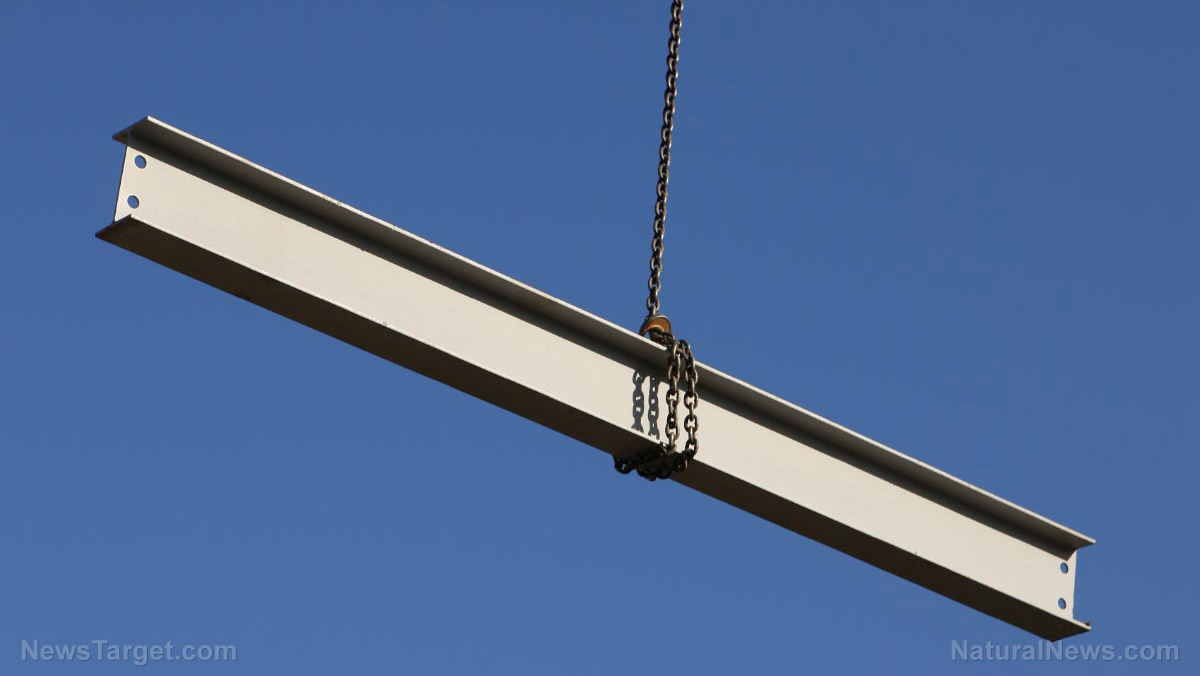Former Fed insider Danielle DiMartino Booth calls for radical central bank reform in her book “Fed Up”
02/15/2025 / By Arsenio Toledo

- The Federal Open Market Committee (FOMC) unanimously voted in December 2008 to lower the federal funds rate to near-zero to stabilize the financial market during the worst crisis since the Great Depression.
- The decision aimed at stabilizing Wall Street, but it had severe long-term consequences for average Americans, including pension fund shortfalls, unaffordable housing and eroded savings.
- Danielle DiMartino Booth’s book, “Fed Up,” provides an insider’s perspective on the Federal Reserve, critiquing its decision-making processes, reliance on academic models and prioritization of Wall Street over Main Street.
- The 2008 crisis was fueled by the Fed’s low-interest-rate policies under Alan Greenspan, which led to a housing boom and the proliferation of subprime mortgages, despite warnings from Booth and others.
- DiMartino Booth advocates for Fed reforms, including increased transparency, greater representation of practitioners and a shift in the Fed’s mandate to focus solely on price stability.
In December 2008, as the economy of the United States teetered on the brink of collapse, a group of 17 unelected officials gathered in Washington, D.C., to make a historic decision that would shape the financial future of millions.
The Federal Open Market Committee (FOMC), led by Federal Reserve Chairman Ben Bernanke, voted unanimously to slash the federal funds rate to near zero, a move aimed at stabilizing Wall Street amid the worst financial crisis since the Great Depression.
While the decision provided temporary relief for banks and corporations, its long-term consequences for everyday Americans were far more devastating. This pivotal moment is at the heart of “Fed Up: An Insider’s Take on Why the Federal Reserve is Bad for America,” a revealing new book by Danielle DiMartino Booth, a former Federal Reserve insider who spent nine years working within the institution.
DiMartino Booth’s book offers a rare behind-the-scenes look at the Federal Reserve, an institution often shrouded in secrecy. Drawing on her experiences at the Dallas Fed, she critiques the Fed’s decision-making processes, its reliance on academic models and its failure to address the real-world consequences of its policies. Her account is both a personal narrative and a broader indictment of a system she argues prioritizes Wall Street over Main Street.
The roots of the 2008 financial crisis, as DiMartino Booth explains, can be traced back to the early 2000s. Under then-Chairman Alan Greenspan, the Fed aggressively lowered interest rates to stimulate the economy after the dot-com bubble burst. This policy fueled a housing boom, with subprime mortgages enabling millions to buy homes they couldn’t afford. DiMartino Booth, who worked on Wall Street at the time, witnessed the deceptive practices and warned of the impending disaster. Her concerns, however, were largely ignored.
By 2006, the housing market showed signs of strain. DiMartino Booth, then at the Dallas Fed, collaborated with economist John V. Duca to publish research highlighting the risks of subprime mortgages and collateralized debt obligations. Despite their warnings, the Fed downplayed the systemic risks.
When the housing bubble burst in 2008, triggering a global financial crisis, the Fed’s response was to bail out Wall Street. But as DiMartino Booth notes, the fallout for everyday Americans was severe: Pension funds faced massive shortfalls, millennials struggled with unaffordable housing and retirees saw their savings erode due to the Fed’s zero-interest-rate policy.
One of the book’s most striking revelations is the culture of groupthink within the Fed. DiMartino Booth describes how dissenting voices were often dismissed, with PhD economists dominating the conversation and sidelining those with real-world experience. She recounts being treated with condescension by colleagues who were more focused on theoretical models than practical outcomes. This insularity, she argues, blinded the Fed’s leadership — from Greenspan to Bernanke to Janet Yellen — to the risks their policies created.
DiMartino Booth also delves into the shadow banking system, a network of financial entities operating outside traditional banking regulations. She explains how this system, which played a central role in the 2008 crisis, remains poorly understood and largely unregulated. The collapse of Lehman Brothers and the near-collapse of AIG exposed the interconnectedness of these entities and the systemic risks they posed.
The book also highlights the Fed’s role in exacerbating income inequality. DiMartino Booth argues that policies like quantitative easing have disproportionately benefited the wealthy by inflating asset prices, while doing little to stimulate job growth or wage increases for the middle and working classes. She points to Texas as a counterexample, where job creation has outpaced other states despite being subject to the same Fed policies. She attributes this success to Texas’ business-friendly environment and low tax burden, suggesting that monetary policy alone is insufficient to address economic challenges.
In her concluding chapters, DiMartino Booth calls for sweeping reforms to make the Fed more transparent and accountable. She advocates for reducing the influence of academic PhDs, bringing in more practitioners, and granting all District Bank presidents a permanent vote on the FOMC. She also proposes abandoning the Fed’s dual mandate of maximizing employment and maintaining price stability, arguing that a singular focus on price stability would be more effective.
Watch this video discussing in detail Danielle DiMartino Booth’s book “Fed Up: An Insider’s Take on Why the Federal Reserve is Bad for America.”
This video is from the BrightLearn channel on Brighteon.com.
Sources include:
Submit a correction >>
Tagged Under:
big government, chaos, Collapse, conspiracy, deep state, economic collapse, economics, economy, Federal Reserve, finance, finance riot, financial crash, Great Recession, housing bomb, housing bubble, shadow banking
This article may contain statements that reflect the opinion of the author
RECENT NEWS & ARTICLES
COPYRIGHT © 2017 BUBBLE NEWS






